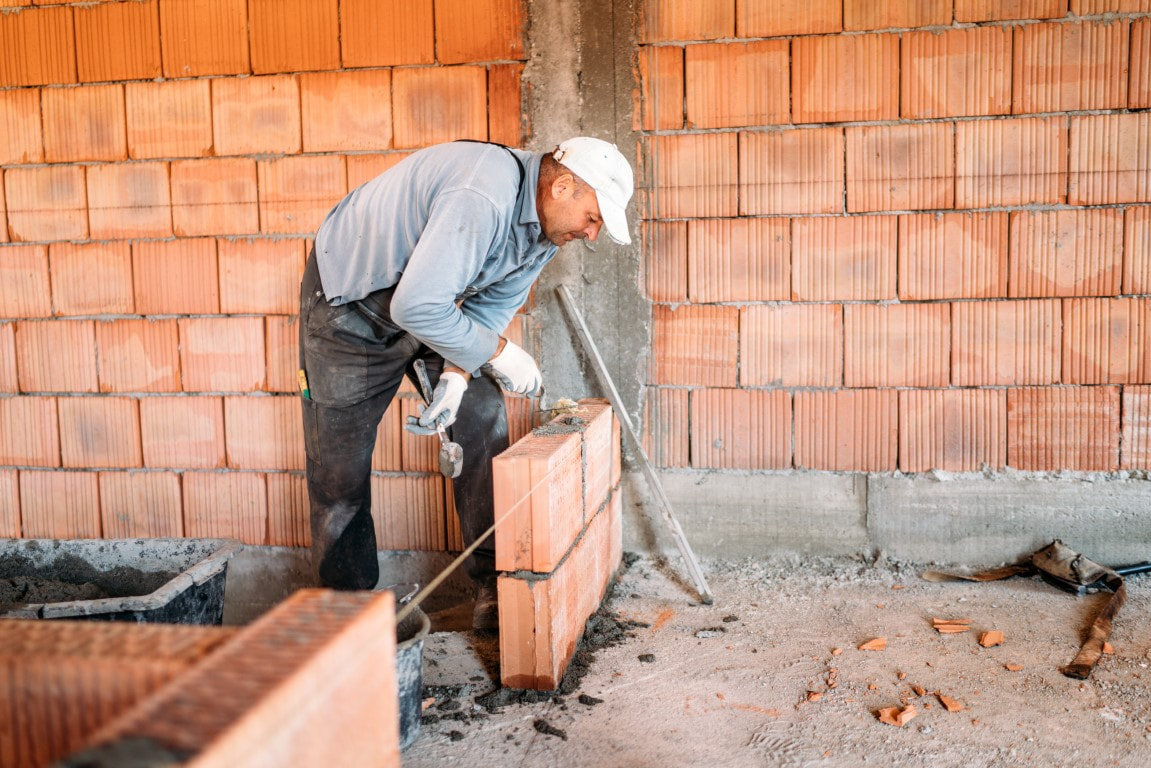Comprehensive Patio Installation Services by Trusted Professionals
Opening the Tricks of Sustainable Masonry Construction Practices for Eco-Friendly Structures
Among the myriad strategies to environmentally friendly structure, sustainable stonework construction stands out as a tried and true and sturdy technique that holds a wide range of untapped potential. From the option of products to ingenious building and construction methods, the keys to achieving sustainability within masonry building and construction are multifaceted and appealing.
Benefits of Sustainable Stonework Construction
Embracing lasting stonework building and construction techniques not just minimizes environmental impact but also offers lasting financial advantages to home builders and neighborhoods. By using materials like recycled bricks, obstructs, and rocks, building contractors can dramatically lower the carbon impact of their jobs while advertising source performance. In addition, lasting masonry building and construction strategies, such as appropriate insulation and thermal mass residential or commercial properties, can boost power effectiveness within structures, causing minimized operational prices in time.
Furthermore, the resilience and resilience of stonework frameworks add to long-term financial benefits. Buildings built using sustainable stonework practices usually need less repair and maintenance, converting to set you back savings for builders and homeowner. The long life of masonry products likewise makes certain that structures continue to be stable and safe, reducing the demand for constant remodellings or replacements.
Eco-Friendly Masonry Products
Utilizing eco-friendly stonework products is a pivotal action in the direction of enhancing the sustainability of building techniques and minimizing environmental influence while taking full advantage of lasting financial benefits. Sustainable masonry products are sourced, generated, and utilized in a manner that minimizes total environmental impact. Materials such as recycled bricks, recovered rock, and lasting concrete blocks are becoming progressively prominent options for eco-conscious builders. Recycled bricks, for example, not only divert waste from garbage dumps however likewise call for much less power to generate contrasted to new blocks. Recovered stone provides a special visual allure while lowering the demand for brand-new quarrying. Lasting concrete obstructs include recycled accumulations and might include enhanced insulation properties, adding to power performance in structures.
Furthermore, all-natural materials like adobe, rammed earth, and straw bundles supply outstanding thermal mass residential or commercial properties, decreasing the need for home heating and cooling power. These materials are usually in your area available, advertising local economies and minimizing transportation-related carbon emissions. By picking environment-friendly masonry products, construction tasks can substantially reduce their ecological footprint and add to the creation of much healthier, much more lasting developed settings.
Energy-Efficient Masonry Strategies
Energy effectiveness plays an essential duty in enhancing the sustainability of stonework construction methods. By implementing energy-efficient masonry strategies, contractors can dramatically decrease the total power consumption of a structure, leading to lower functional costs and a smaller ecological footprint. One vital energy-efficient masonry method is making use of thermal mass, which includes integrating thick materials like concrete or brick into the building's framework to take in and keep heat. This helps manage interior temperatures, lowering the need for mechanical home heating and cooling systems.

Developments in Sustainable Stonework
Recent innovations in sustainable stonework methods have produced innovative strategies that are reshaping the building and construction industry. One such technology is the development of self-healing concrete, which makes use of bacteria installed within the concrete to heal fractures autonomously. This breakthrough not only reduces maintenance prices however additionally enhances chimney sweep the longevity of masonry frameworks, adding to their sustainability.
One more remarkable advancement is the use of recycled aggregates in stonework construction - masonry contractor. By integrating products such as crushed ceramic waste or recycled glass into concrete blends, contractors can lower the environmental effect of building and construction tasks while preserving architectural integrity. This method not just draws away waste from landfills however additionally conserves natural sources, making it a vital advancement in sustainable stonework construction
Additionally, the assimilation of electronic design tools, such as Structure Details Modeling (BIM), is revolutionizing the method stonework frameworks are planned and created. BIM enables even more specific estimations, reduced material waste, and boosted power performance, inevitably leading to more sustainable building practices. These advancements jointly symbolize an encouraging future for lasting stonework building and construction in the period of eco-friendly buildings.
Future Trends in Masonry Sustainability
With the cutting-edge strides made in lasting masonry practices, the future trends in stonework sustainability are positioned to more change the building and construction sector. Among the crucial fads forming the future of masonry sustainability is the enhanced combination of innovation. Developments such as Building Details Modeling (BIM) and digital truth simulations are being used to enhance masonry construction processes, resulting in decreased material waste and improved energy effectiveness in structures.
Moreover, the advancement of unique sustainable products is set to play a substantial role in enhancing the eco-friendliness of masonry building and construction. masonry contractor. Technologies like self-healing concrete, recycled accumulations, and bio-based binders are getting grip for their capacity to reduce environmental effect while maintaining architectural integrity

Conclusion
In final thought, lasting stonework construction methods supply many advantages for eco-friendly buildings. By using environment-friendly products and energy-efficient strategies, stonework can add to a more sustainable built atmosphere. Advancements in lasting stonework are continually being created to better boost the environmental efficiency of structures. Looking in the direction of the future, the fad of stonework sustainability is anticipated to expand, leading to even more eco-friendly and energy-efficient building and construction techniques in the years ahead.